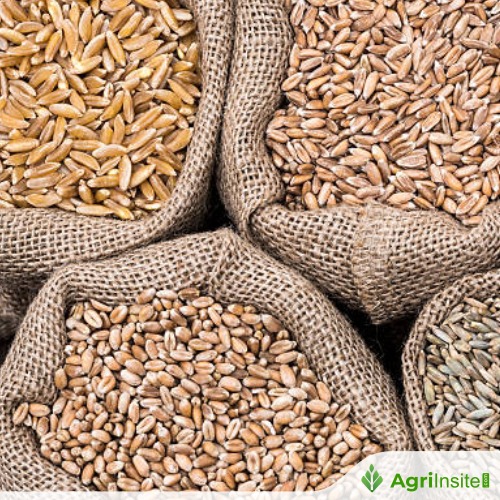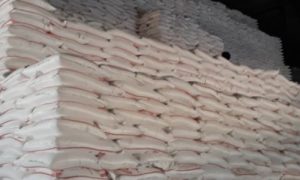Pakistan : Punjab government reviews wheat policy amid declining production and market instability

Punjab’s wheat output fell 4.52% in 2024-25 to 22.05 MMT, with sowing down 6%. The government, continuing deregulation, avoided MSP and procurement, instead pushing delayed EWR and financing schemes. Farmers faced distress sales, prompting proposals for digital market links, outsourcing godowns, targeted subsidies, and better federal-provincial coordination.
The Punjab government recently reviewed its Wheat Policy for 2026, addressing concerns over the province’s declining wheat production, the deregulation of the sector, and delays in market-stabilisation initiatives.
Official data revealed that national wheat production for the 2024-25 season fell to 28.44 million metric tons (MMT), marking a 4.52% decrease compared to the previous year. The crop was sown on 22.52 million acres, a reduction of 6%. Punjab, which contributes the majority of the national output, produced approximately 22.05 MMT from 16.25 million acres.
The Ministry of National Food Security & Research reported that total wheat availability at the end of the harvest stood at 33.52 MMT, slightly below the national requirement of 33.58 MMT.
The meeting noted that for the 2024-25 season, the provincial government opted not to announce a minimum support price (MSP) and refrained from public-sector procurement, continuing its policy of full deregulation.
In place of these traditional measures, the government introduced two initiatives: the multi-year adoption of an Electronic Warehouse Receipt (EWR) and commodity trading system to promote financial inclusion for farmers, and a Rs100 billion financing facility for flour millers and grain license-holders to increase wheat purchases. However, both initiatives faced delays.
The financing facility was not implemented during the 2025-26 season, and the EWR system was launched too late to achieve significant scale, with only 11 applicants storing 1,588.56 metric tons in accredited warehouses.
Senior officials acknowledged that these delays hindered the effectiveness of the measures, particularly at a time when farmers were grappling with market volatility and rising input costs. Without timely access to financing and adequate storage options, many smallholder farmers were forced into distress sales immediately after harvest, undermining both their incomes and the ability to manage grain flows efficiently.
The session also discussed broader structural challenges, including the need for better coordination between provincial and federal agencies to improve crop forecasting, market intelligence, and early intervention.
Officials proposed integrating digital platforms to link farmers, warehouse operators, and financiers, thereby enhancing price transparency and reducing the impact of speculative hoarding.
In response, the Price Control & Commodities Management Department presented a plan to outsource 947 vacant public-sector godowns, with a total capacity of 0.976 MMT, to private operators under the Collateral Management Companies (CMC) regime.
This would enable wider implementation of the EWR scheme. Other proposals included distributing Rs6 billion worth of wheat procured in 2023 and 2024 to farmers as targeted subsidies, and formulating a strategy for the 0.89 MMT of wheat held in government stocks.
To Read more about Wheat News continue reading Agriinsite.com
Source : Profit Pakistan Today

















